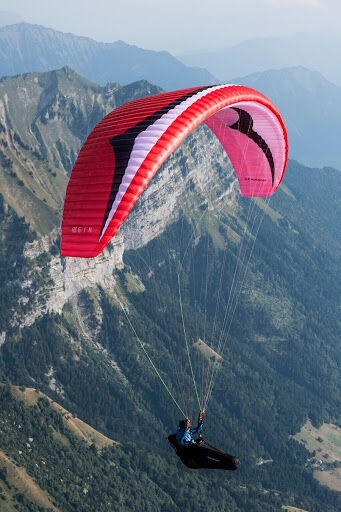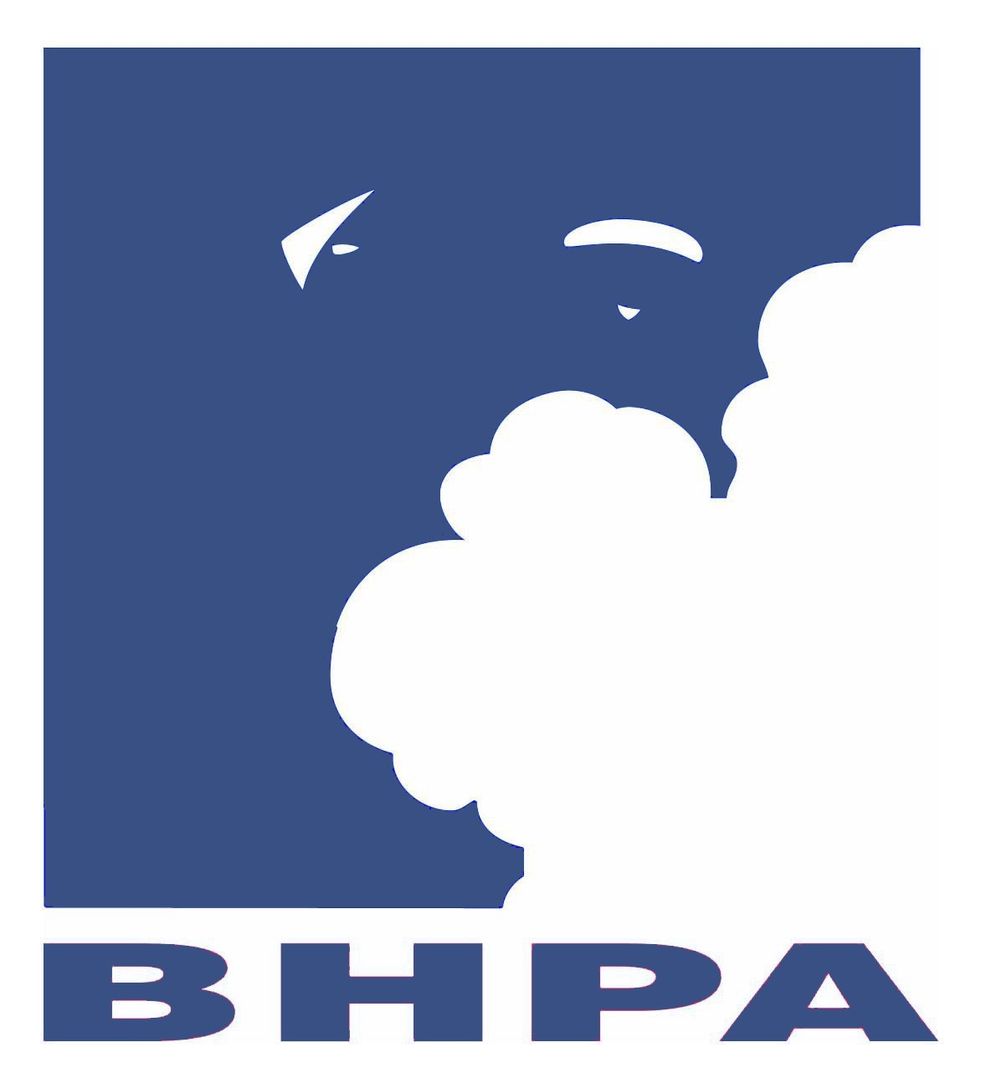Picking a vario, Gps or flight instrument for paragliding
Do I need an instrument to start…?
The main function of a variometer - to measure the change in air pressure to tell you when you are going up. On a soarable ridge that is more obvious than you might think, thermalling, on the other hand is a little harder and without any inherent spider sense requires as much help as you can get. Whats the choicethen...
- Audio only
- Audio and visual Vario
- Combined Vario with GPS
- Bluetooth Audio/GPS
- All the above with Flarm
Audible varios are a really useful tool and a good start.
Varios that offer audio only so an up and down noise, very small and relatively cheap, uncomplicated and often very popular to start your flying or have as a back up.
Audio & visual Vario
They can also offer a visual display with memory that records your altitude and measures the length of your flight. Useful for keeping a log of your hours, and especially if you fly during thermic periods near congested or prohibitive airspace areas.
Combined Vario with GPS
Once combined with a GPS instruments gets really usefu and potentially very geeky, expect to get mapping, thermal sniffers and tracing, airspace warnings, full mapping in colour, easy to read led etc... the choice is huge plus possible tracking.
Integrated units are now the norm, so if you're planning to get stuck into thermal flying and Xc then best skip the visual vario and go for the full functionality, you’ll learn more about the instrument as and when you need it. Many instruments come future proofed for free software upgrades. 
Basic Gps units offer ground speed which is essential for Xc pilots working out wind strength and direction. Many units now offer a last thermal function, so they track the last piece of lift you entered and fell out off and show you a mate where it is in relation to yourself. The more high-end units offer preloaded airspace maps, warnings, and now live tracking which is both useful fro safety and retracing your best days on google maps when the weather is lousy! Top end Gps are competition rated and allow the loading of predefines tasks route optimisation etc…
Bluetooth Audio/GPS
Simple enough, some are solar, some not, many allow you you use relatively cheap phone apps which can be both good and convienient. My only concern with using your phone is that if you pile in on landing and brake a potentially expensive phone you'll be both gutted and lose a valuable safety aid. Using your phone means you'll need to take extra batteries to keep your new flight deck working or allow for recharging your phone on landing. Integrated ubnits generally offer 25-40 hrs of battery life.
All the above with Flarm
Flarm, is under consideration as being the option for connecting pilots in flight, a simple method for other types of aircraft to identify fellow avaition enthusiasts flying in their local airspace.
So Do you need one…
If it’s not a budget decision then go for the integrated Gps, if you are off to the mountains, get some form of live track facility. If you only ever fly at coastal sites I wouldn’t bother and enjoy the peace and quiet. If you are on a budget then start with an Audible only device.


